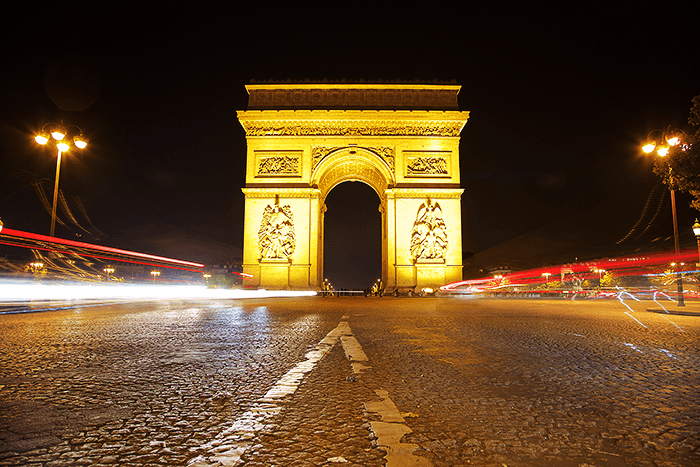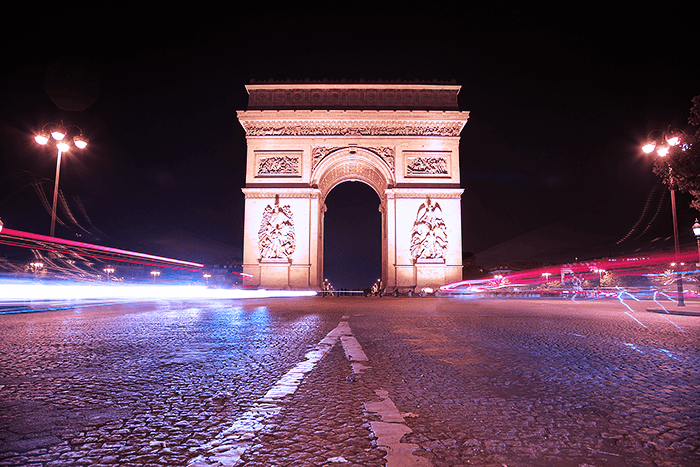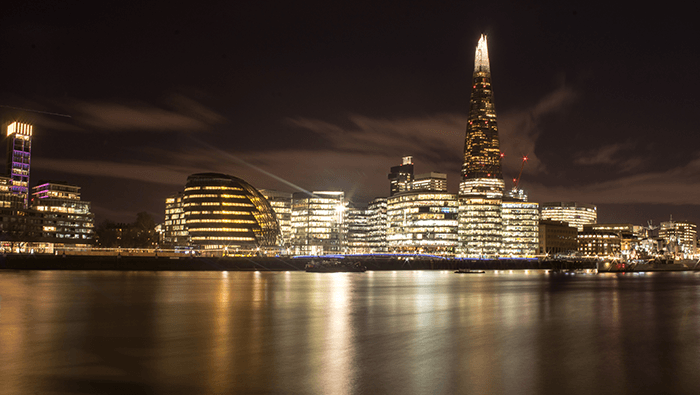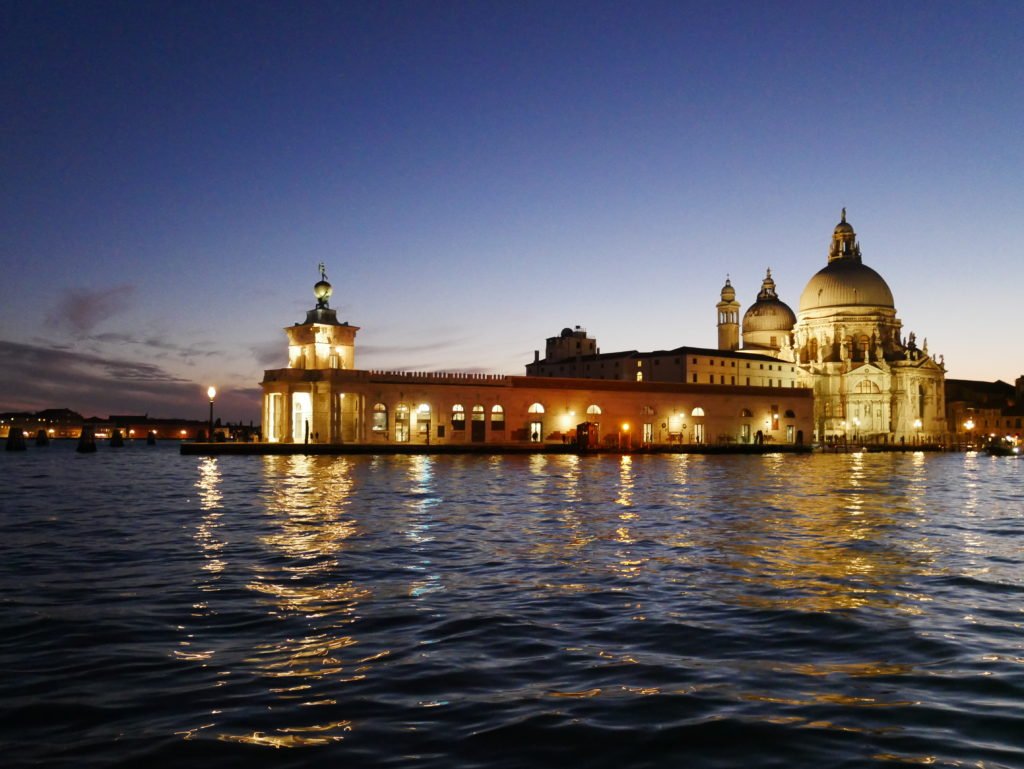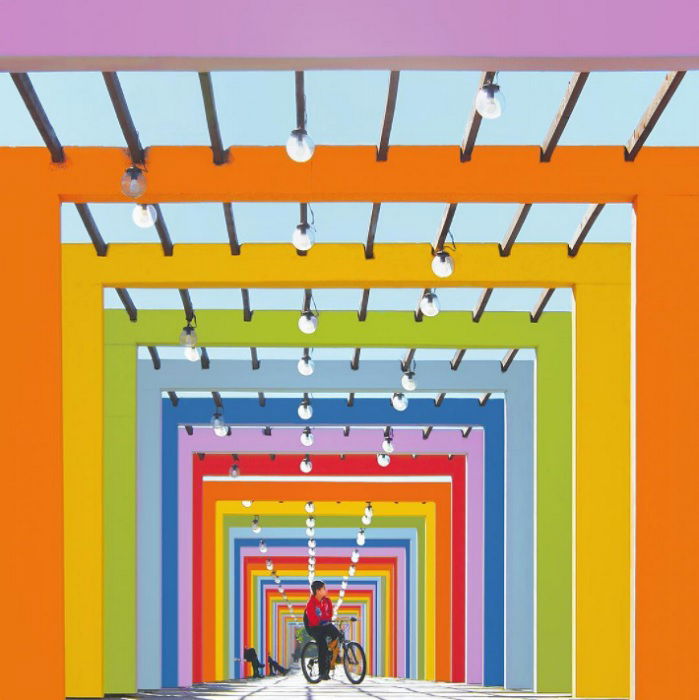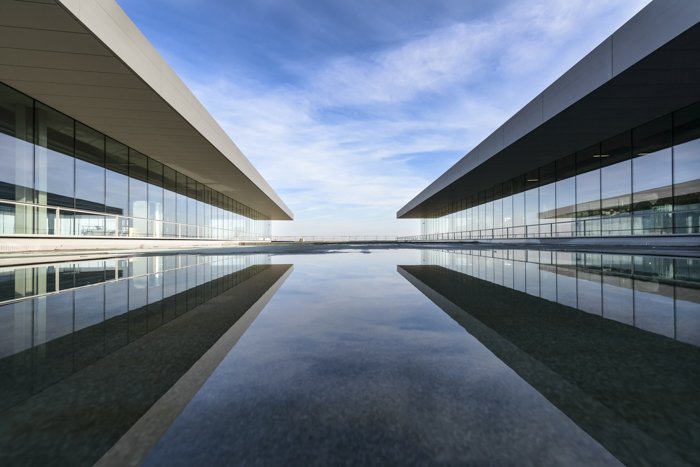It’s no wonder that cityscape photography is so popular. New York, London, Paris. Think of any famous city around the world. Their iconic cityscapes will immediately come to mind.
The good news is that cityscapes aren’t hard to photograph. You will often find clear vantage points around a city and have a subject that won’t move!
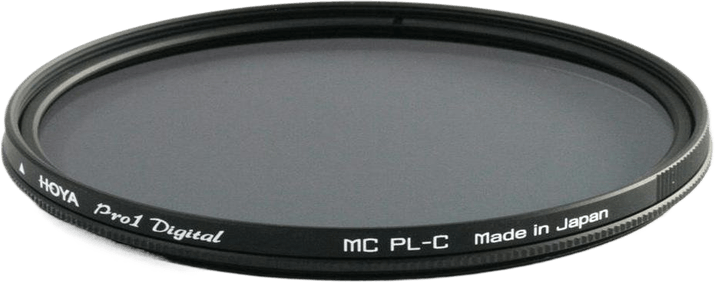
16 Simple Cityscape Photography Tips
Here are our top 16 tips for taking breathtaking cityscape photography.
1. Check the Weather for the Right Light and Mood
For stunning cityscape photography, you will need the right . Most outdoor photography relies on available natural light. It doesn’t mean you need beautiful sunshine.
Stormy skies or mist can add an extra dimension to your photos. But the weather will affect the kind of cityscape you will be shooting. You may have to revisit a location when the weather reflects your desired mood better.
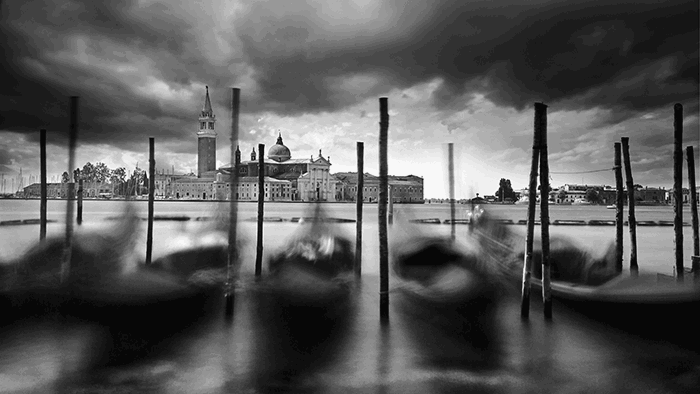
2. Reduce Camera Shake with Hands-Free Options
Use both a tripod and hands-free shutter releases when you shoot cityscapes. They reduce camera shake and ensure sharper images. And for spaces where you can’t use a tripod, use a sock filled with rice as a homemade portable stabilizer.
Place your camera on the rice-filled sock so it doesn’t move! Then, use the self-timer function on your camera, a mobile camera app trigger, or a cable release to snap the shot.
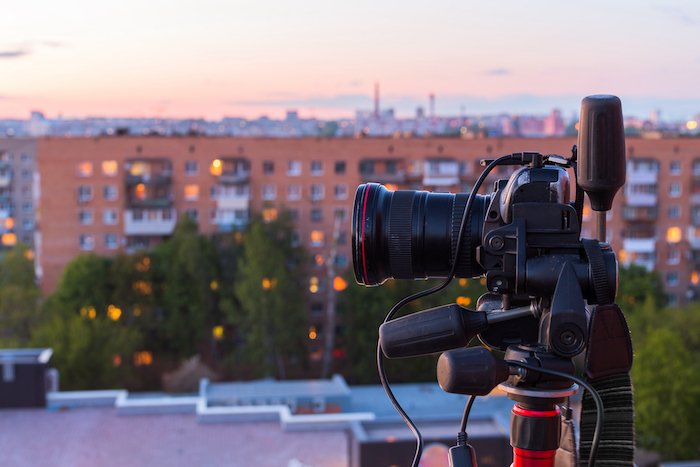
3. Scout Locations for Unobstructed Views of the City
One of the most important things cityscape photographers need is the right location. What you need is an unobstructed view of the skyline. You can’t shoot the Empire State Building if you are at the Empire State Building.
It’s best to be far from the urban landscape you want to photograph. Google Street View is a helpful resource for scouting out these locations.

4. Take Cityscapes from Viewing Platforms or Rooftop Bars
Big cities around the world usually have tall buildings like towers or skyscrapers. And most of them have viewing platforms you can access. Some places require you to book ahead of time, so plan accordingly.
If you can’t find any viewing platforms, rooftop bars can also have great city views. Use a telephoto lens to get more focused details of other buildings and to create a nice separation from the background.
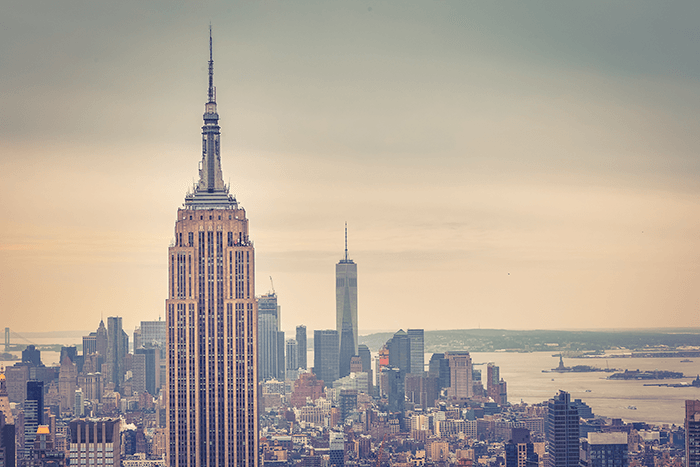
5. Adjust F-Stop and ISO for Sharp Images
In cityscape photography, you want to adjust a few camera settings. To keep the image sharp, use a maximum depth of field. Start with your aperture at around f/8 and work up (larger number, smaller aperture). This means that your image will be at its sharpest.
Keep your ISO as low as possible. The higher your ISO, the more noise you’ll see in your image. That will mean less sharpness. If you are shooting handheld, keep your shutter speed at a minimum of 1/125 s.
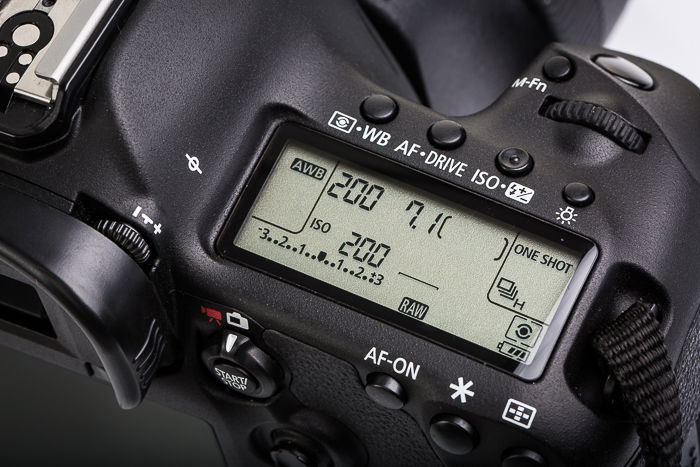
6. Combine Framing Techniques for the Best Composition
Place subjects in your frame based on the rule of thirds. This composition rule creates a pleasing, balanced image. You can also play with where the horizon appears in your picture.
Another great way to view a city differently is to frame points of interest. Use windows, doors, trees, and other buildings to isolate singular buildings from the rest of the city. Combine techniques for the best result.

7. Use the Foreground as a Point of Interest
Your foreground is as vital to the overall composition of the image as your cityscape. Frame your shot using points of interest in the foreground. An excellent technique is placing your camera very low on the ground and tilting it upward slightly. A close-up of ground details can sometimes provide unique results.
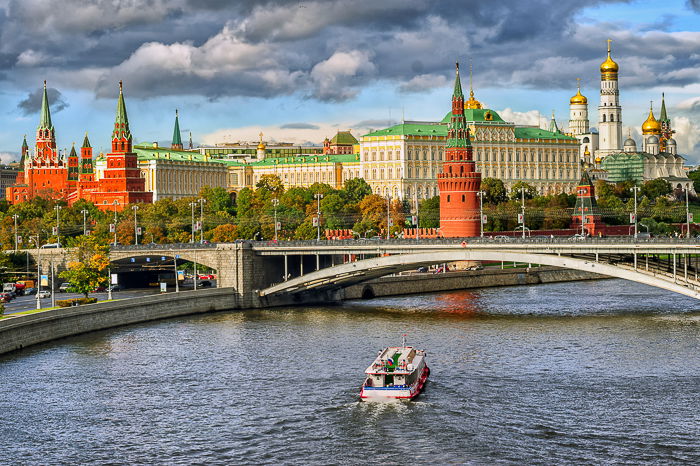
8. Avoid or Use Converging Lines With Buildings
Converging lines are when it looks like the building is falling backward. It occurs when you point the camera upwards at a structure. For the correct perspective, try to photograph cityscapes from further back. This distance will help keep the sides of the buildings straight.
By keeping your camera level, the sides of the buildings will not lean into the middle of the frame. But, if you want to emphasize the height or status of a building, use converging lines as a compositional tool. The latter also offers a unique angle of the city.
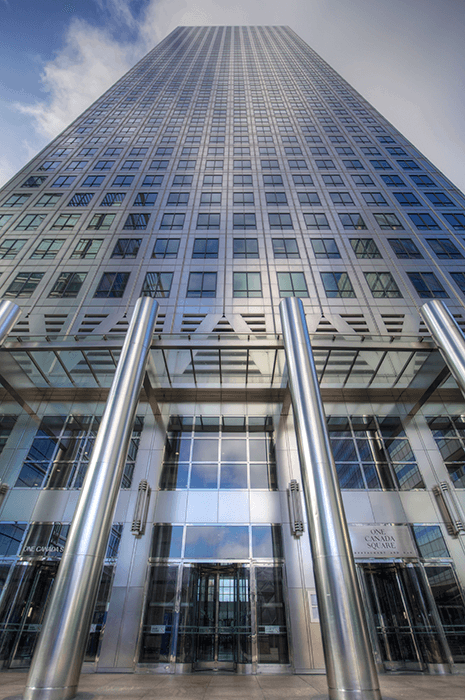
9. Include People in Cityscapes to Show Scale
People are a big part of city life. Including people in your cityscape images will also help show the scale of your cityscape subject. A tiny figure walking, running, or jumping in front of a large facade is an interesting contrasting element in the photo. The immensity of a wall or building is better emphasized.
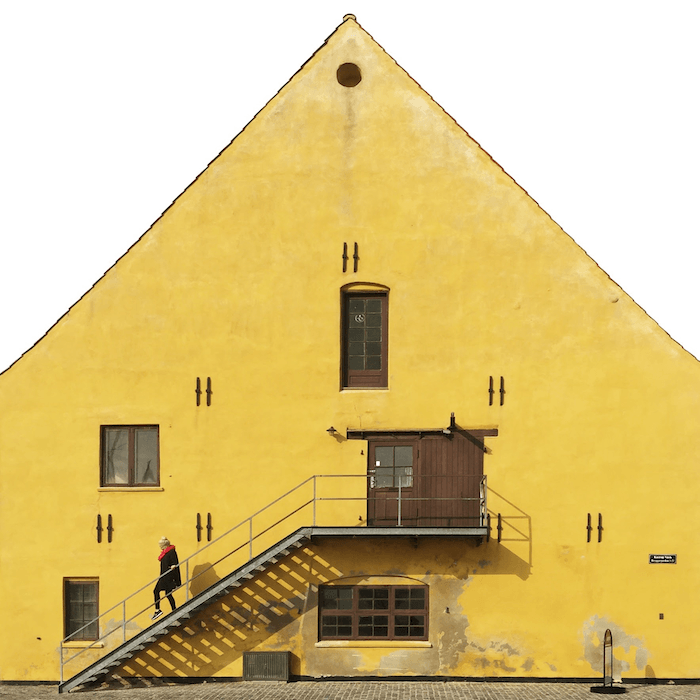
10. Use Reflections to Add Compelling Details
A good place to look for reflections is along waterfronts or near bridges over bodies of water. They can add balanced symmetry and depth to a cityscape. Reflections in windows, shiny buildings, and puddles also help create abstract images.
These added reflections make people see the city in new and exciting ways. Use a polarizing filter to control reflections. As you rotate the filter, reflections in windows and water appear and disappear.
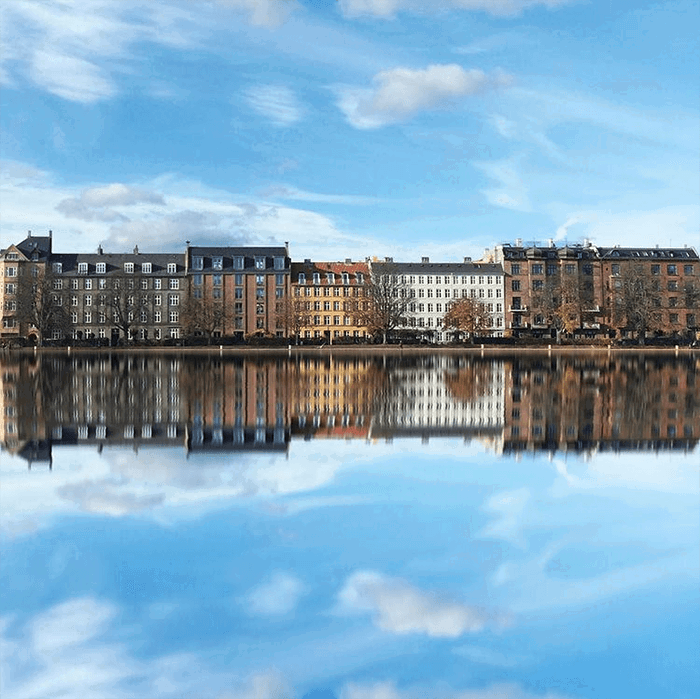
11. Shoot Cityscapes During Golden Hour and Blue Hour
The best time to photograph a cityscape is during golden hour. It is the time after sunrise and before sunset when soft, golden light can enhance any scene.
Blue hour is the perfect time to shoot cityscapes with water. It is just after the sun goes down and lasts five to forty minutes. Reflections take on the magic quality of residual, ambient sunlight.

12. Use Neutral Density Filters for High Contrast Scenes
If your sky is too bright and your foreground is too dark, neutral density (ND) filters are handy. They darken half of the image to balance your highlights and shadows.
With your ND filter on, widen your aperture for slow shutter speeds. Aperture Priority mode can help you get the correct exposure.

13. Take Long-Exposure, Night Shots with Light Trails
City lights will come on as the sky gets dark, meaning you can shoot with slower shutter speeds for creative results. Use long-exposure night photography to create stunning cityscapes. Use traffic to create light trails in your scene for added drama.
Make sure you stabilize your camera with a tripod. We find 15 seconds or longer to be the best shutter speed for photographing a cityscape at night. And be sure to take plenty of batteries, as long-exposure photography in low-light conditions uses more power than usual.
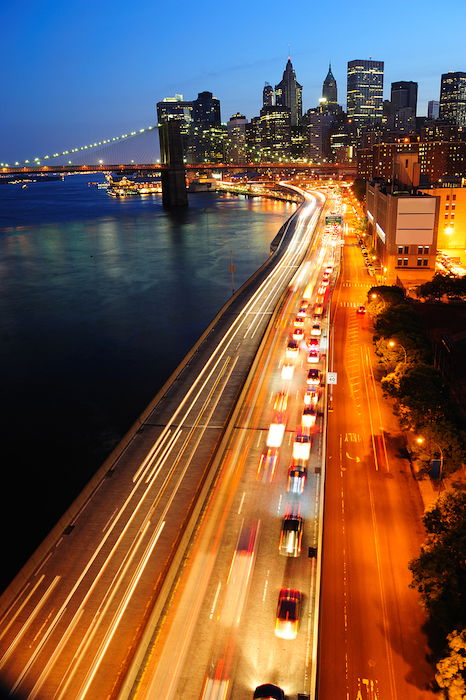
14. Shoot Landmark Photos With a Wide Angle Lens
A wide-angle lens lets you get much more city in the frame, creating breathtaking vistas of the concrete jungle. But wide-angle lenses make the center of your image seem far away, so you may need to crop the image in post-processing.
Use a wide-angle lens to capture unique compositions of landmarks. Get close or zoom in to fill the frame.
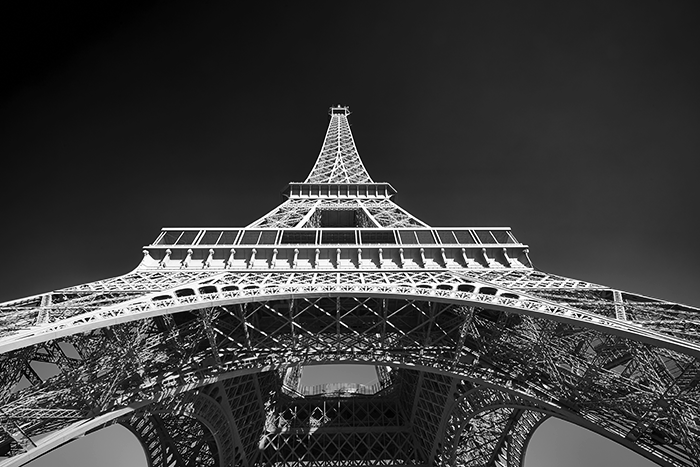
15. Enhance Cityscape Photography with Edits
An important decision in post-processing your cityscape photography is white balance. You can keep the ambiance and warmth of the artificial light or cool the image to correct colors and take out the orange glow.
Boost vibrancy and saturation, and add brightness or contrast to help the final result. Or try editing some images in monochrome. Removing the distraction of color can enhance the textures in your photo.
16. Keep Trying Until You Get the Shot You Want
Great photos come from persistence. There will be occasions when you get frustrated by the outcome of a shoot. Maybe the weather isn’t great, or construction is obstructing your view. This happens to all cityscape photographers. The key is to try repeatedly until you achieve the shot you want.
Conclusion: Cityscape Photography
Cityscape photography can encapsulate the energy and feel of a city with both vast skylines and isolated details. Your cityscape photography can give others a new perspective on familiar places.
Don’t worry if you don’t have an expensive, professional setup. The best camera is the one you have. Even shooting on your smartphone can give incredible results. With good techniques, sound research, and the right attitude, you will capture amazing cityscape shots!
Are you wondering how to take beautiful compositions with your camera phone? Check out our Urban Smartphone Minimalism eBook. Learn how to take exciting photos each time you leave your home!

